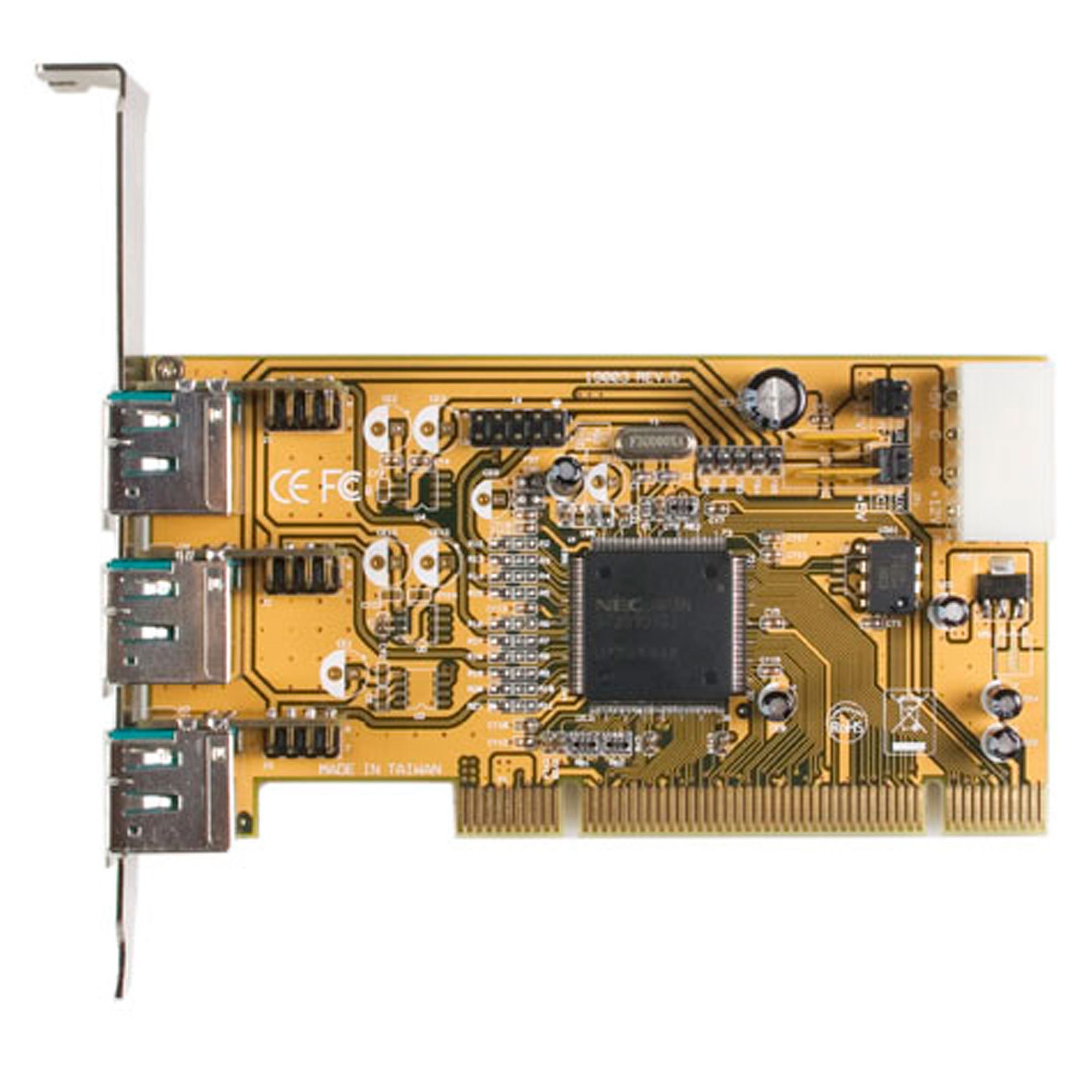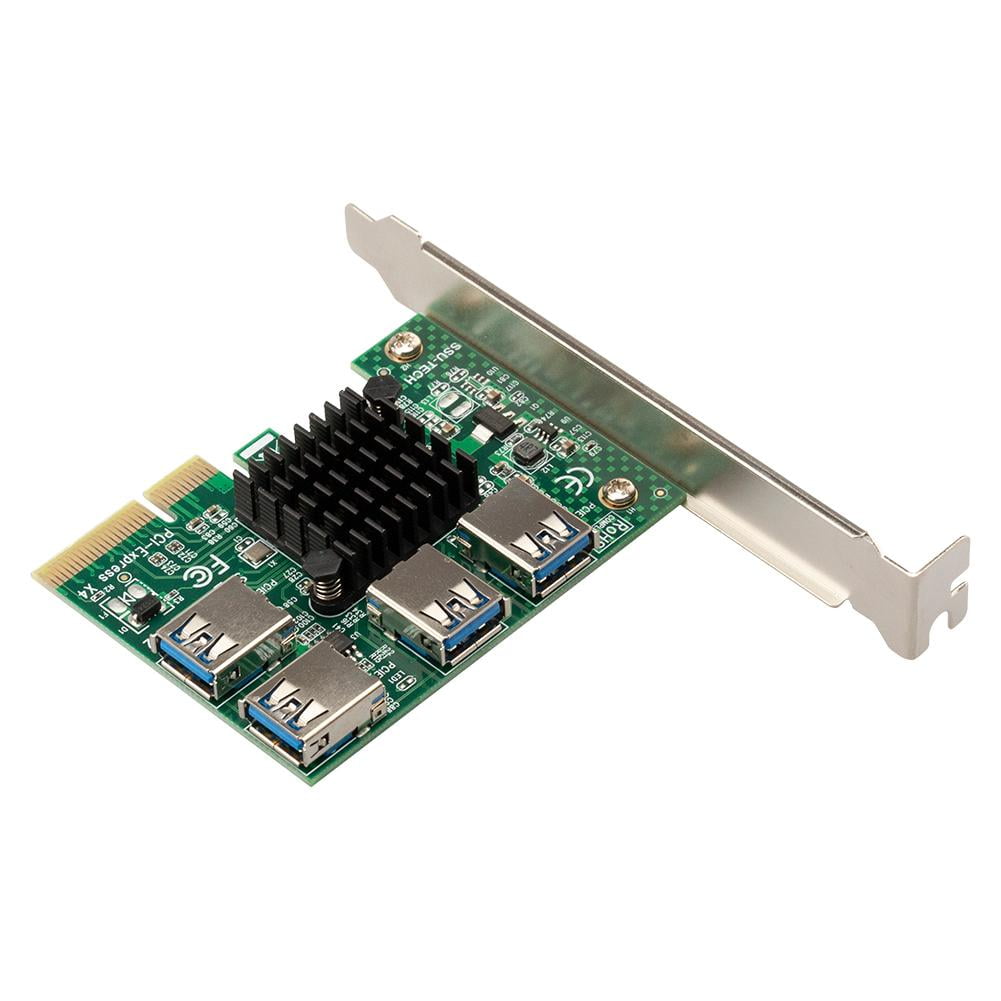

When the Pentium processor was released, it was incompatible with it, as it used a local bus with different specifications (66 MHz external clock rate instead of 33 MHz and 64-bit data transfers instead of 32-bit). (Most CPUs at the time used a 33 MHz external clock rate, but CPUs with 25 MHz and 40 MHz external clock rates were also available.) The problem with this bus was that it was designed specifically for the local bus of 486-class processors. In the table below, we are listing this slot as using a 33 MHz clock rate, but the actual clock rate will depend on the CPU used. This way, the slot worked at the same speed as the CPU external bus, which is the fastest bus available on the PC. The higher speed was achieved by tying the slot to the CPU local bus, i.e., the CPU external bus. The first real high-speed slot to be released was the VLB.

Second, the alliance didn’t include motherboard manufacturers, so do-it-yourself users and other manufacturers didn’t have access to this slot, the same way it had happened with the MCA slot. First, it maintained compatibility with the original ISA slot, so its clock rate was the same as the 16-bit ISA slot. Nine PC manufacturers joined to create the EISA slot, but it wasn’t successful for two reasons. So, the MCA slots were confined to a few PC models from these brands. Then IBM released the MCA slot for its PS/2 computer line, and because it was copyrighted, other manufacturers could only use it if they entered a licensing scheme with IBM, and only five companies have done so (Apricot, Dell, Tandy, Research Machines, and Olivetti). The 16-bit version of the ISA, launched with the IBM PC AT in 1984, almost doubled the available bandwidth to 8 MB/s (8 MHz transferring 16 bits each two clock cycles each access cycle on the ISA bus takes two clock pulses to be completed), but this number was extremely low even at the time for high-bandwidth applications such as video. For example, the original ISA slot available on the original IBM PC and on the IBM PC XT and their clones, had a maximum theoretical transfer rate (i.e., bandwidth) of only 4.77 MB/s (4.77 MHz transferring eight bits per clock cycle).

New kinds of expansion slots are released whenever available slot types are proved to be too slow for certain applications. PCI Express (Peripheral Component Interconnect Express).PCI-X (Peripheral Component Interconnect eXtended).PCI (Peripheral Component Interconnect).EISA (Extended Industry Standard Architecture).


 0 kommentar(er)
0 kommentar(er)
